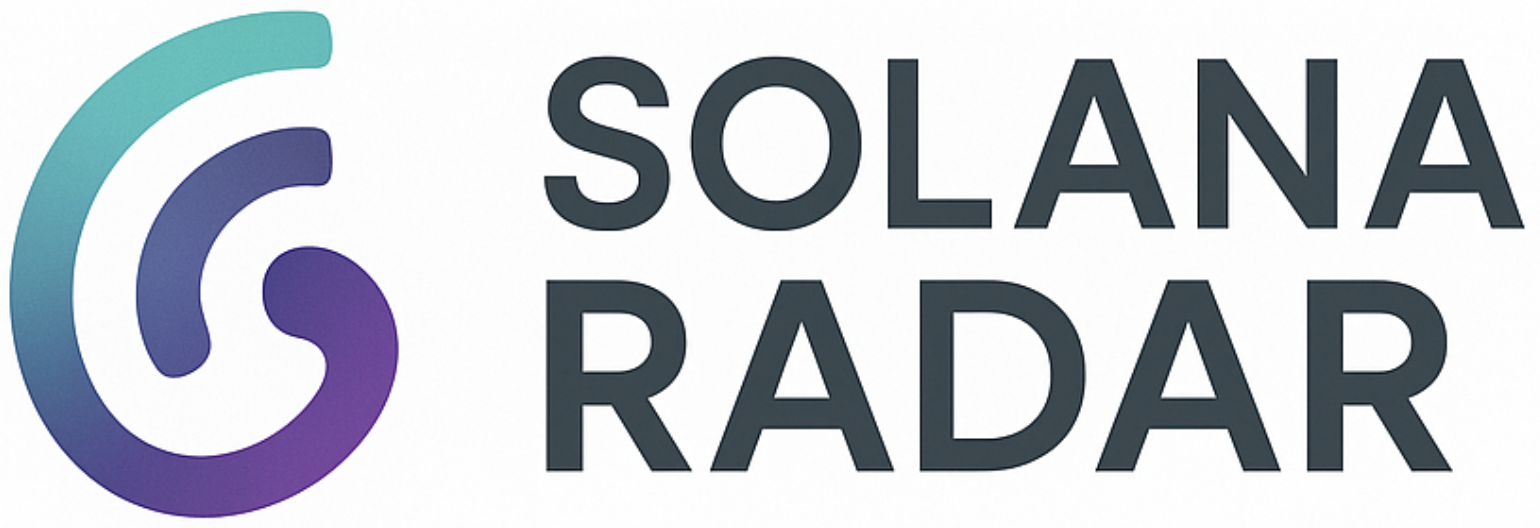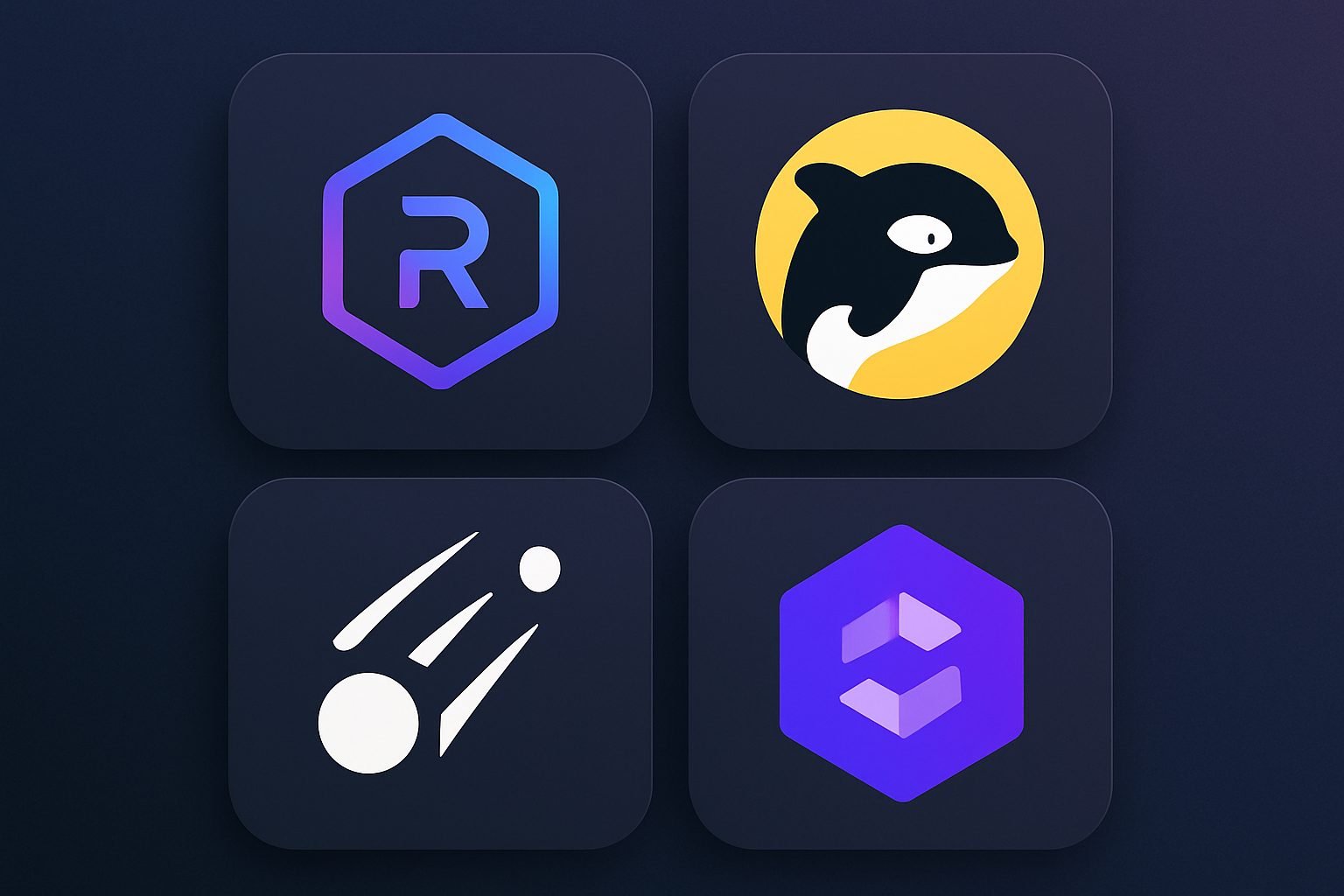Solana’s decentralized exchange (DEX) ecosystem is in the midst of a historic bull run. In July 2025, Solana DEX trading volumes shattered records, surging past $1.4 trillion for the month and averaging nearly $6 billion daily. This rapid expansion cements Solana’s status as a DeFi powerhouse, propelled by high throughput, minimal fees, and relentless innovation across its top DEX platforms.
Solana DEX Volumes Break Records: The $1.4 Trillion Surge
The numbers are staggering: according to data from AInvest and The Coin Republic, Solana’s DEX volume more than doubled year-over-year, with July 2025 alone seeing over $1.4 trillion in trades. For context, this figure rivals or surpasses monthly volumes on some of Ethereum’s leading DEXs. Driving this momentum are four standout platforms: Raydium, Orca, Meteora, and SolFi.
Top 4 Solana DEXs by Volume & Impact in 2025
-
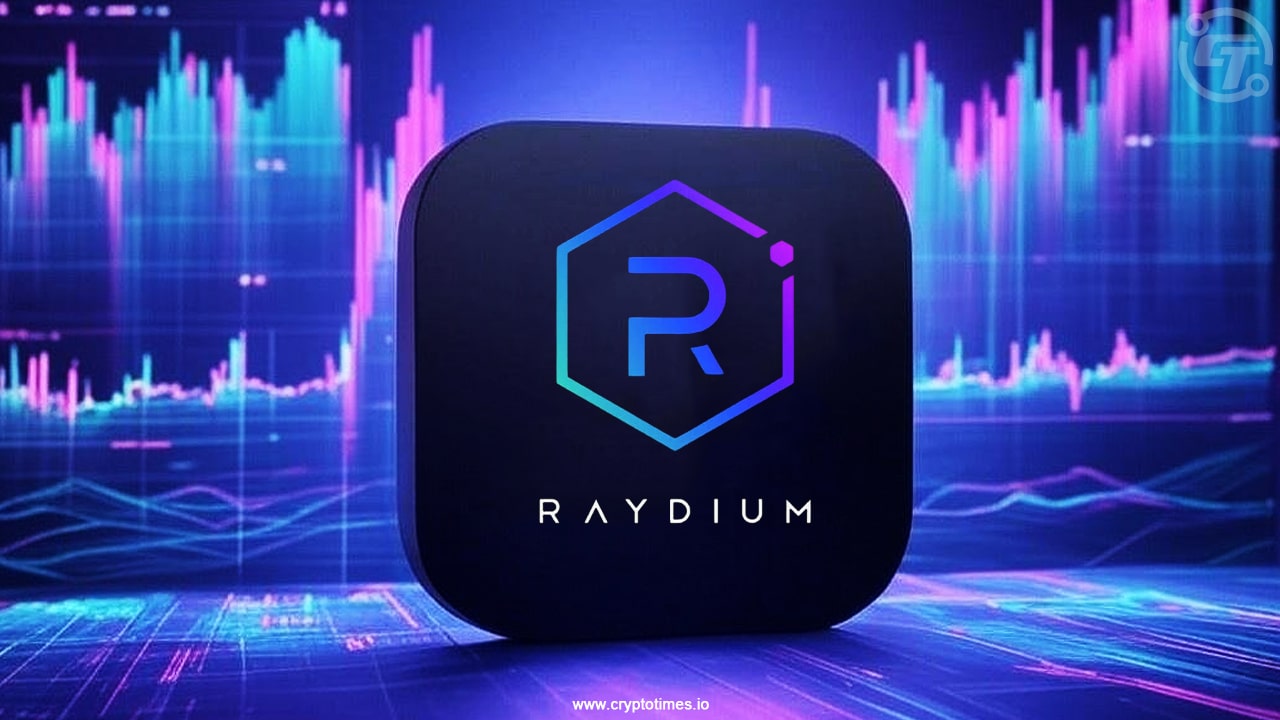
Raydium: As one of Solana’s flagship DEXs, Raydium integrates with the Serum order book to deliver deep liquidity and fast swaps. It supports yield farming, a launchpad for new projects, and consistently ranks among the top Solana DEXs by trading volume. Raydium’s robust ecosystem impact is evident in its role as a liquidity hub for both established and emerging Solana tokens.
-
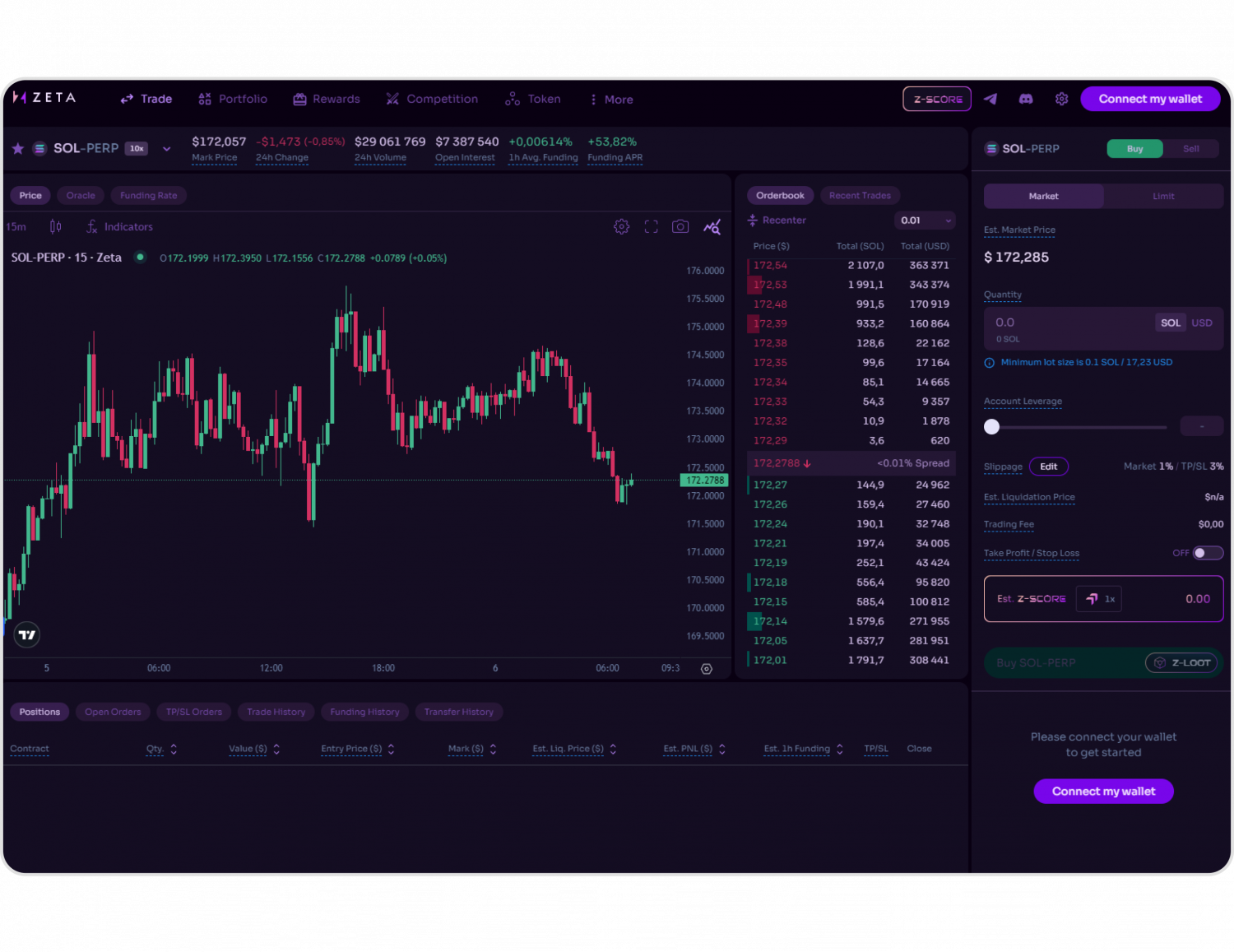
Orca: Renowned for its user-friendly interface and rapid transaction speeds, Orca processes over $1.5 billion in daily trades as of July 2025. Its Whirlpool concentrated liquidity pools optimize price execution, making it a favorite for both retail and professional traders seeking efficiency and low fees on the Solana network.
-
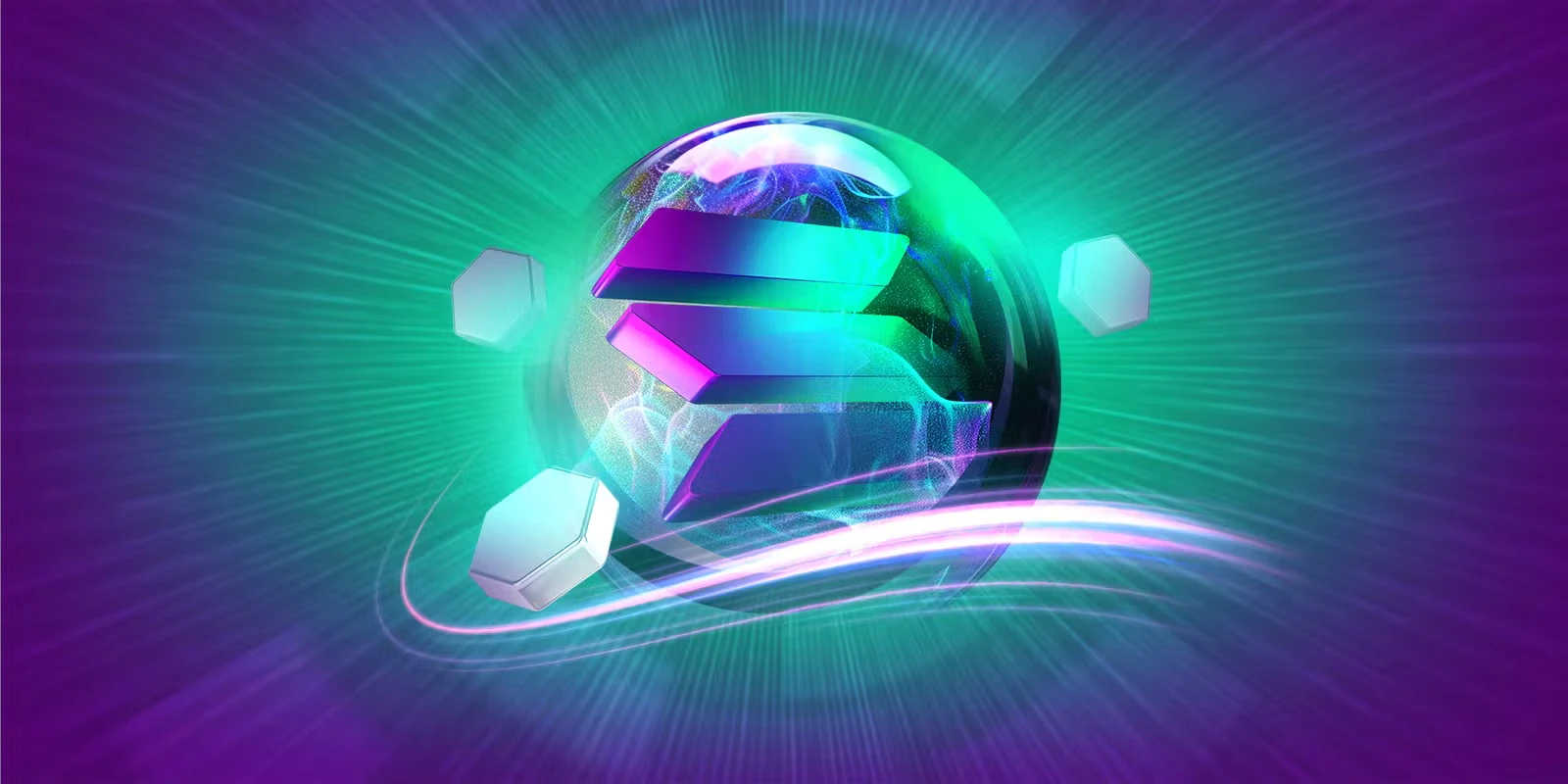
Meteora: Gaining traction in 2025, Meteora stands out with its innovative liquidity solutions and rising trading volumes. The platform’s dynamic vaults and adaptive liquidity pools have enabled it to buck market trends, posting volume increases even as competitors saw declines. Meteora’s ecosystem contributions include advanced DeFi tools and cross-platform integrations.
-
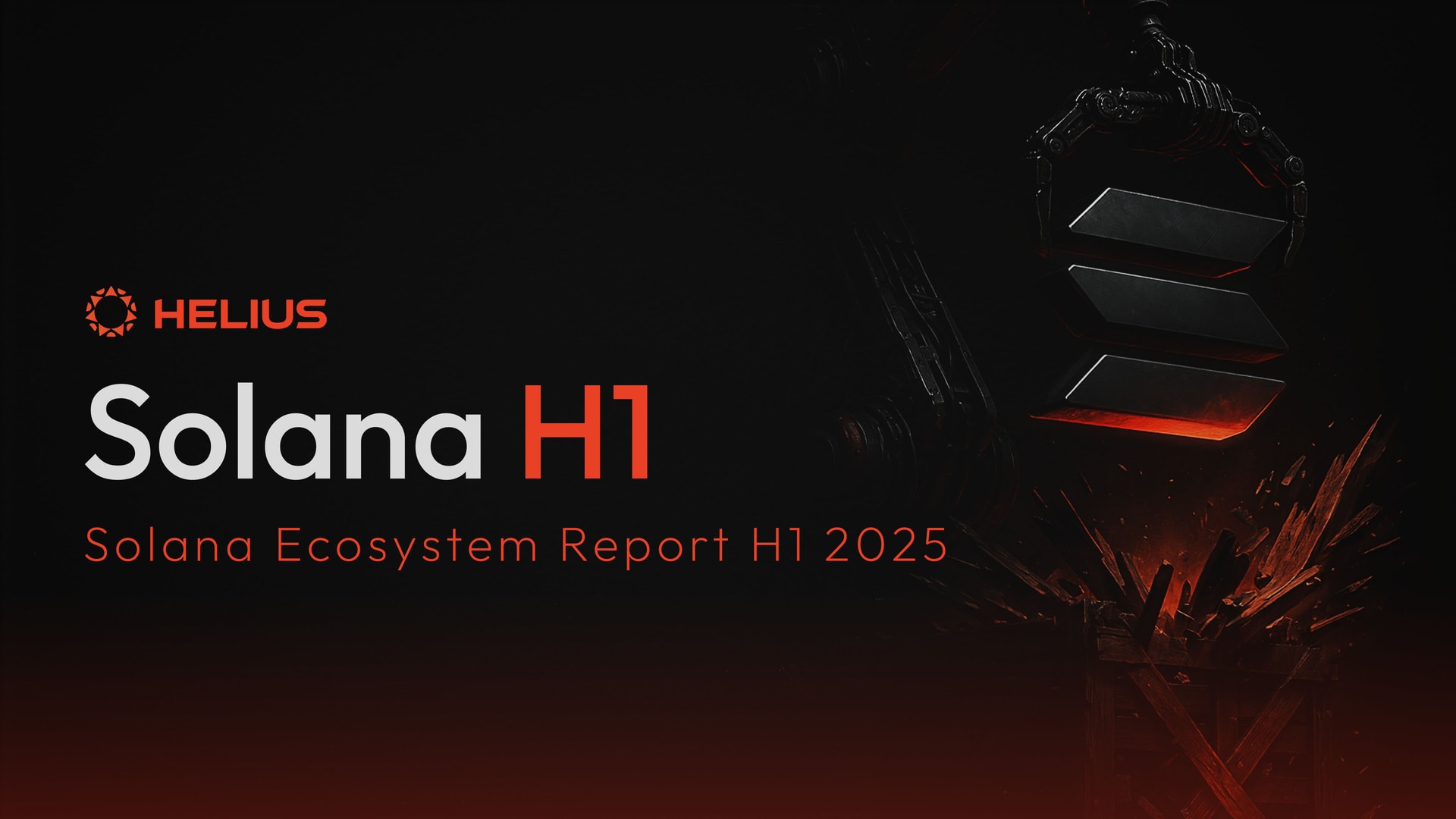
SolFi: Emerging as a key player in the Solana DEX landscape, SolFi leverages high-throughput trading and seamless DeFi integrations. Its focus on aggregated liquidity and user-centric design has driven strong adoption, positioning SolFi as a tactical choice for traders seeking both performance and innovation within the Solana ecosystem.
Platform Deep Dive: Raydium, Orca, Meteora and SolFi
Raydium continues to anchor the Solana DeFi landscape with its deep liquidity pools and seamless integration with Serum’s order book. As of July 23, Raydium’s daily trading volume regularly exceeds $1 billion, making it a magnet for both retail traders and institutional liquidity providers. Its innovative launchpad also attracts new projects looking to leverage Solana’s speed.
Orca, known for its user-centric design and ultra-fast swaps, has seen daily trading volumes soar past $1.5 billion in peak sessions. Features like concentrated liquidity via “Whirlpools” optimize capital efficiency – a major draw for active traders seeking tight spreads on meme coins and blue-chip pairs alike (source).
Meteora is gaining traction as an agile upstart in the space. While Raydium and Orca experienced brief dips in weekly volume during mid-July (down 45% and 30% respectively), Meteora bucked the trend with an impressive 18% increase – signaling strong user retention and adaptive liquidity strategies.
SolFi, though newer to the leaderboard, is carving out its niche with advanced yield optimization tools designed for sophisticated DeFi participants. Its integration of automated market making (AMM) with lending primitives positions it as a hybrid platform to watch as cross-protocol strategies gain popularity.
Ecosystem Impact: How Solana DEXs Stack Up Against Rivals
The explosive growth of Solana decentralized exchanges isn’t happening in isolation. While Ethereum’s Uniswap v4 still leads global DEX rankings with over $2 billion traded daily (source), Solana’s top platforms are rapidly closing the gap – both in raw volume and user engagement metrics.
PancakeSwap on BNB Chain holds steady at around $800 million daily volume but lags behind both Raydium and Orca when it comes to transaction speed and fee efficiency (source). The key differentiator? On-chain analytics show that nearly 30% of all CEX spot activity now has an equivalent on decentralized venues like those built atop Solana (CryptoSlate).
Solana (SOL) Price Prediction 2026-2031: Impact of DEX Growth and Market Trends
Projected SOL price scenarios based on current DEX volume trajectory, adoption, and macro crypto trends (Baseline: $189.81 as of July 2025)
| Year | Minimum Price | Average Price | Maximum Price | % Change (Avg YoY) | Market Scenario Insights |
|---|---|---|---|---|---|
| 2026 | $150.00 | $210.00 | $320.00 | +11% | Volatility persists, but continued DEX growth and DeFi adoption keep SOL above $200 on average. |
| 2027 | $180.00 | $265.00 | $450.00 | +26% | Bullish cycle likely as institutional adoption rises; regulatory clarity emerges in major markets. |
| 2028 | $220.00 | $320.00 | $620.00 | +21% | Layer-1 competition intensifies, but Solana’s DEX ecosystem and NFT expansion drive growth. |
| 2029 | $250.00 | $390.00 | $780.00 | +22% | Global macro trends and tokenization of real-world assets (RWAs) on Solana support price appreciation. |
| 2030 | $200.00 | $340.00 | $900.00 | -13% | Potential market correction or cycle top; tech upgrades and institutional DeFi adoption provide stability. |
| 2031 | $280.00 | $430.00 | $1,050.00 | +26% | Next major bull run; mass adoption of DeFi, NFTs, and on-chain finance on Solana. |
Price Prediction Summary
Solana (SOL) is positioned for significant long-term growth, driven by explosive DEX volume, increasing DeFi adoption, and ongoing technological advancements. While volatility and market corrections are expected, the overall trajectory remains upward, with SOL potentially surpassing $1,000 by 2031 in bullish scenarios. Bearish risks remain, but strong ecosystem fundamentals offer substantial upside for patient investors.
Key Factors Affecting Solana Price
- Sustained DEX volume growth and increasing market share versus CEXs
- Solana’s continued technical improvements (scalability, security, low fees)
- Regulatory clarity and global crypto adoption trends
- Competition from other high-performance Layer-1 blockchains (e.g., Ethereum, BNB Chain, Avalanche)
- Institutional adoption of DeFi and tokenized assets on Solana
- Potential for network outages, security incidents, or ecosystem fragmentation
- Macroeconomic factors affecting overall crypto market sentiment
Disclaimer: Cryptocurrency price predictions are speculative and based on current market analysis.
Actual prices may vary significantly due to market volatility, regulatory changes, and other factors.
Always do your own research before making investment decisions.
What’s fueling this migration? It’s not just the numbers, it’s the user experience and composability that Solana DEXs offer. With SOL currently priced at $189.81, traders are leveraging the lightning-fast execution and ultra-low fees to arbitrage, farm, and swap with unprecedented efficiency. This is especially true for power users on Raydium and Orca, where transaction finality clocks in at under 400 milliseconds, giving Solana a tangible edge over Ethereum Layer 2s and BNB Chain competitors.
Behavioral Trends: Why Users Are Flocking to Solana DEXs
Data-driven traders are increasingly attracted by the granular analytics dashboards and real-time metrics provided by platforms like Meteora. Its recent surge in volume, up 18% while rivals dipped, highlights a tactical shift: users are seeking platforms that not only offer deep liquidity but also empower them with actionable insights. Meanwhile, SolFi’s hybrid AMM-lending model is gaining traction among sophisticated DeFi strategists looking to optimize capital deployment across multiple protocols without leaving the Solana ecosystem.
Patterns reveal profit: The rise of concentrated liquidity pools and cross-DEX routing is enabling savvy traders to capture micro-arbitrage opportunities that simply aren’t possible on slower chains or centralized venues.

Solana DEX Volumes: What’s Next?
The question on every analyst’s mind: can Solana sustain this breakneck growth? If current momentum holds, driven by relentless innovation from Raydium, Orca, Meteora, and SolFi, the answer looks bullish. However, volatility remains a constant risk factor. Notably, recent data from CryptoPotato shows that even as Raydium and Orca saw weekly volume dips (-45% and -30%), Meteora’s adaptive strategies allowed it to outpace rivals temporarily. This suggests a maturing market where agility and product differentiation are key.
The macro trend is clear: decentralized exchanges now capture nearly 30% of all spot trading activity previously dominated by centralized exchanges (CEXs). As regulatory scrutiny intensifies on CEXs globally, expect user migration toward transparent, non-custodial platforms like those thriving on Solana.
Key Advantages of Top Solana DEXs for DeFi Traders in 2025
-

Raydium: Deep liquidity pools and fast trade execution make Raydium a powerhouse for Solana DeFi. Integrated with Serum’s order book, Raydium offers efficient price discovery, yield farming, and a launchpad for new projects—giving traders access to high-volume markets and early-stage tokens.
-
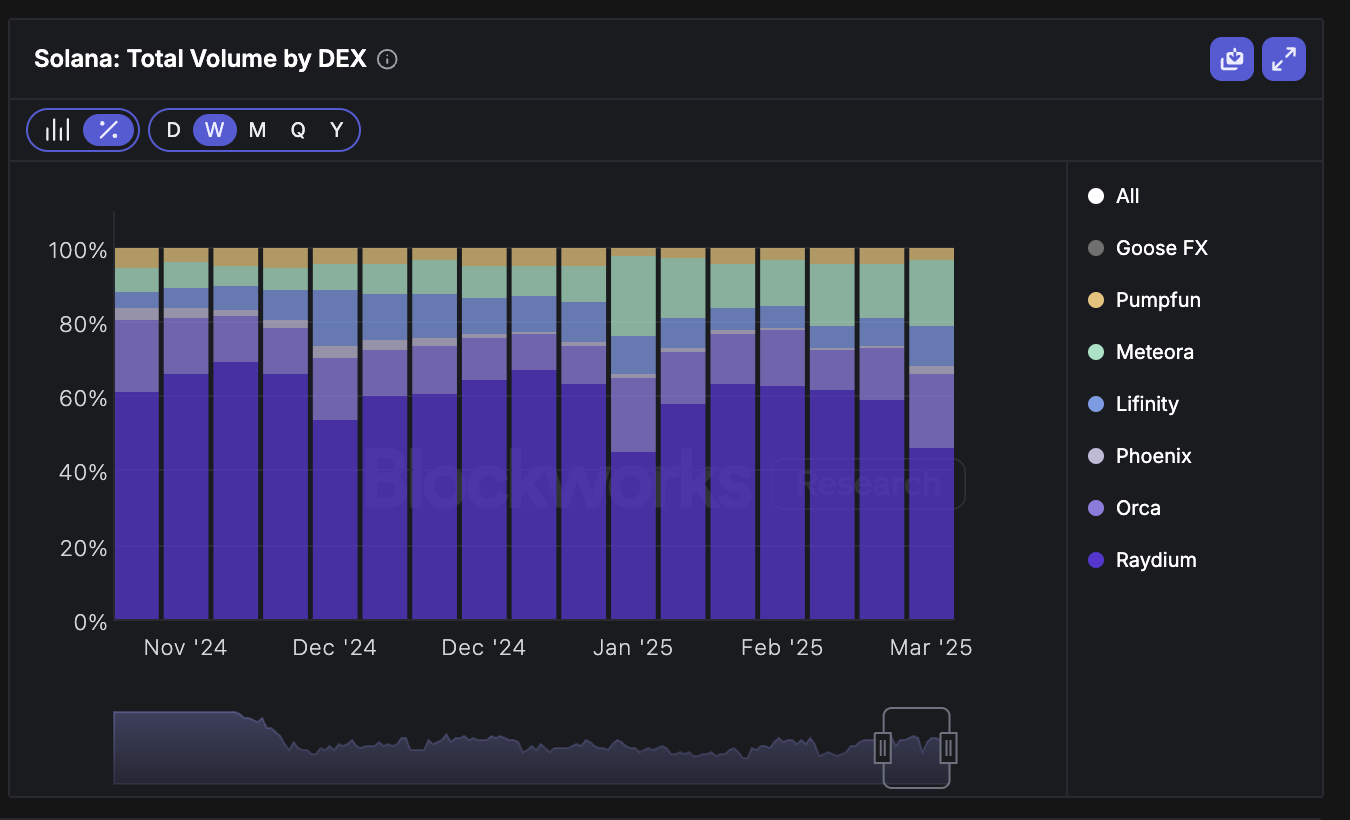
Orca: Renowned as Solana’s fastest-growing DEX, Orca processes over $1.5 billion in daily trades. Its user-friendly interface and near-instant swaps, powered by the Whirlpool concentrated liquidity model, deliver tight spreads and excellent capital efficiency—ideal for both retail and pro traders.
-
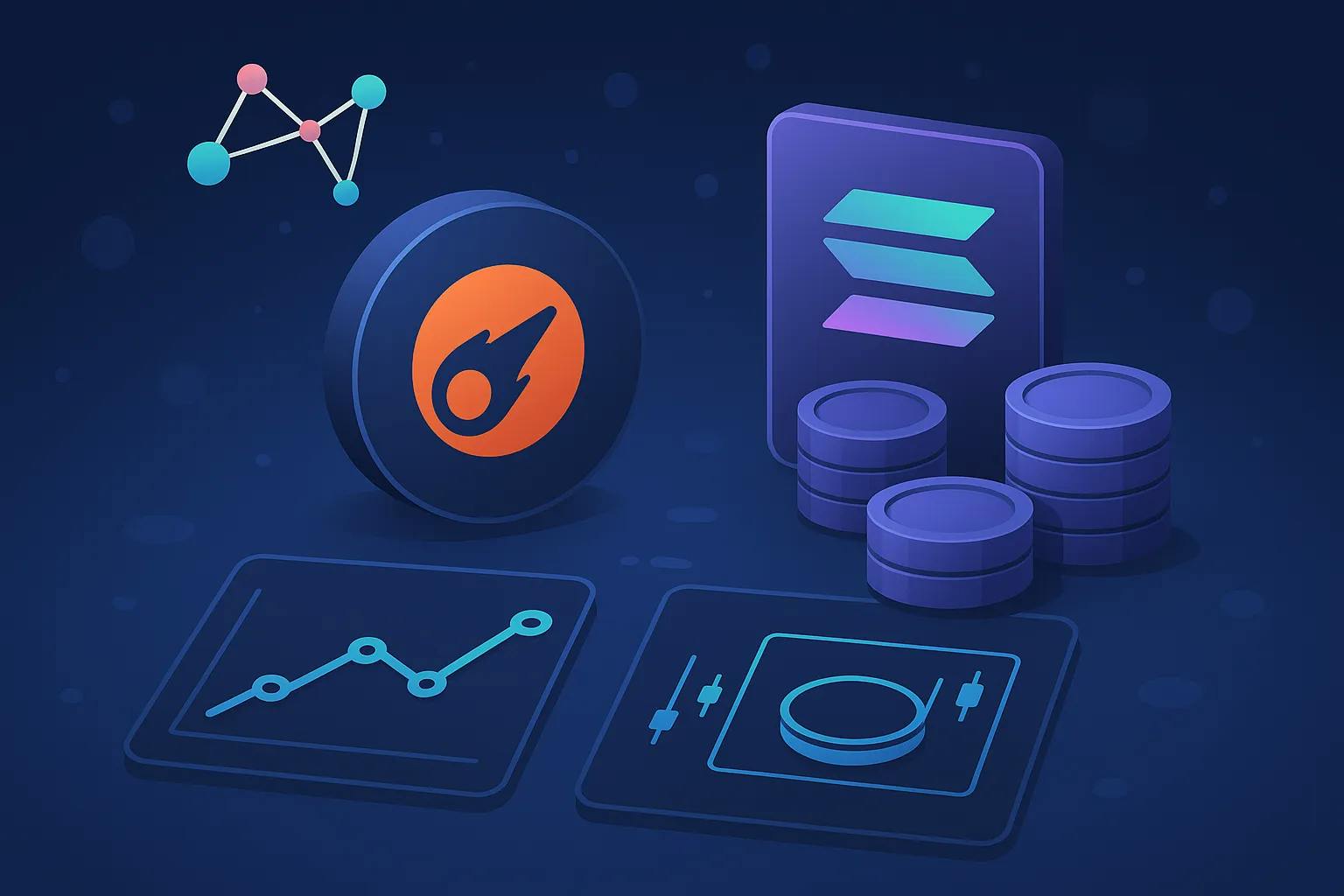
Meteora: Meteora stands out for its dynamic liquidity provisioning and innovative vault strategies. Traders benefit from automated yield optimization and resilient liquidity during volatile markets, as evidenced by its recent volume growth even when competitors saw declines.
-
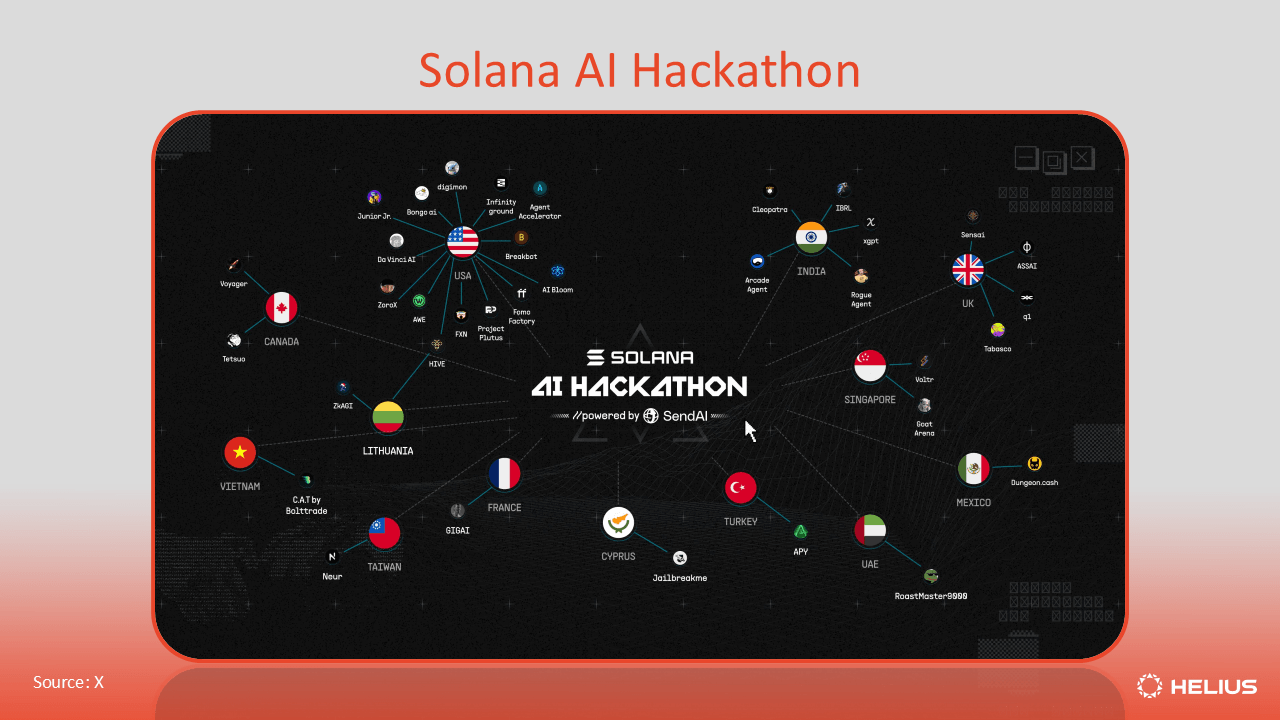
SolFi: As an emerging DEX, SolFi combines low transaction fees with a focus on cross-chain asset support. Its streamlined interface and integration with Solana’s high-throughput network enable cost-effective and rapid trading for a wide range of DeFi assets.
For retail users chasing meme coin pumps or institutional desks executing high-frequency strategies alike, these four DEXs represent the bleeding edge of what’s possible when scalability meets composability. With SOL holding above $189.81 despite broader market volatility, and with daily DEX volumes regularly topping $6 billion, Solana’s DeFi ecosystem is proving it has staying power beyond short-term hype cycles.
The next phase? Watch for further integration between these DEXs and emerging GameFi projects as well as cross-chain bridges that could draw even more liquidity into the network. For now, all eyes remain glued to the charts as Solana sets new benchmarks in decentralized finance performance.
